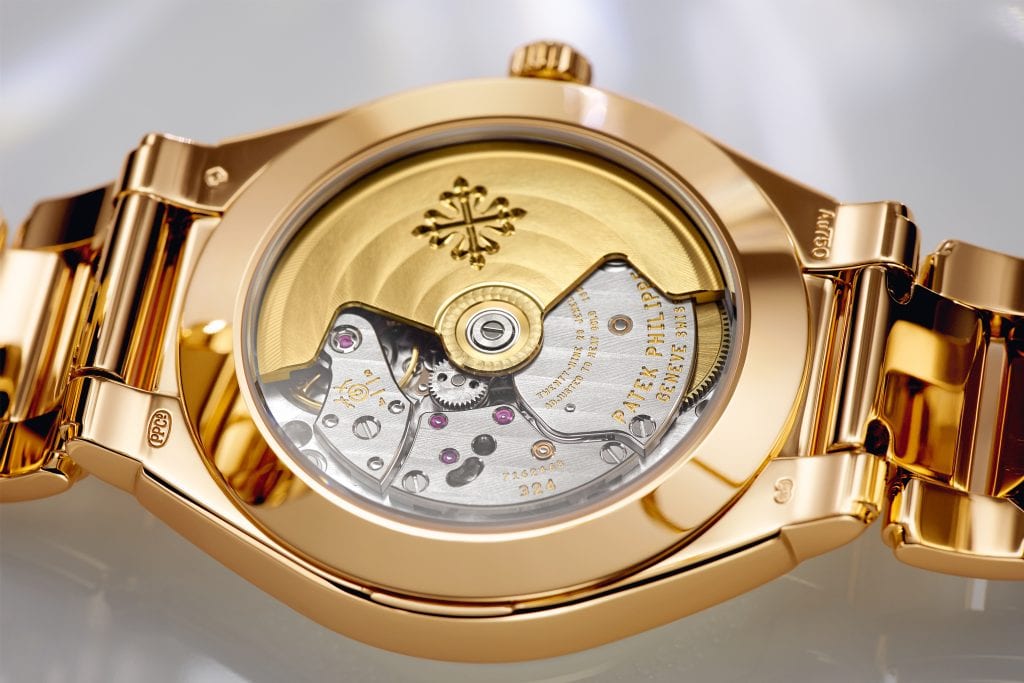Winding Watches

The amount of time a watch can hold a power reserve—aka a “wind”—varies from timepiece to timepiece. Although plethora watches have wind capability, there is no standardized length at which all of these watches will stay wound. However, by measure, most mechanical timepieces tend to hold a power reserve from 35-48 hours. The length of time a mechanical watch will stay wound is dependent on a few factors: the manufacturer’s movement design; whether it’s an automatic or manual watch; whether or not an automatic mechanical watch is worn; and the continued maintenance/cleaning of the watch’s movement. Leaving aside the diverse range of wristwatch movement designs, perhaps for a different day, let’s have a look at the three other mentioned factors regarding how long a watch can stay wound.
Automatic Vs. Manual: Wearing and Winding
As it goes, there are two basic types of mechanical watch. These are the manual (or hand wound) watch and the automatic wind watch. As the name implies, the automatic watch automatically winds itself as it is worn. Since high-end watchmakers often consider manually wound watches the true mechanicals, they tend to have the longest power reserves. Though this is true, automatic watches are more convenient to keep wound—despite their power reserves not always matching up with their hand wound counterparts. As long as both types of watch are continuously wound, their power reserves should remain steadily satisfied. If either kind is left to its own devices for too long, however, it will eventually run itself out. In more technical terms—when the mainspring finishes powering a mechanical watch’s escapement, the gears stop turning. This dispersal of energy is eventually affected by the aging of lubricants, and the moving parts, within a mechanical watch movement.
Continued Maintenance and Cleaning

Though the average time a mechanical watch stays wound is around 35-48 hours, this time on the power reserve can lessen via continued use. As a watch owner, if you notice your mechanical piece losing time on its power reserve, it’s very likely time to have the watch cleaned. If the timepiece has completely lost its wind, its movement will need to be overhauled to get it back up to working condition. On that note, it’s good to do a routine cleaning on a wound watch at least every 5 years. This will help avoid more costly repairs in the future. On top of this, the more wear and tear a watch experiences, the more frequently it’s recommended to have it serviced—so the wind will function optimally.
A handy way to track a mechanical watch’s wind is to look for models that feature a power reserve indicator. These indicators are affixed to the dial of a timepiece and are directly tied to the mainspring’s power reserve. There are both manual and automatic watches that include this feature. If a power reserve indicator is a luxury that you cannot afford, just be mindful to wear and/or wind your mechanical watch daily. This will keep all the moving parts and their lubricants from stagnation—and will make it easier to know when it’s time to have your mechanical piece maintained.
Times Ticking has been in operation for more than 30 years, since 1982. We have performed watch repair for customers both locally and internationally. If it Ticks! We KNOW it! Our team of watch repair technicians have a combined experience in watchmaking of over 120 years.

